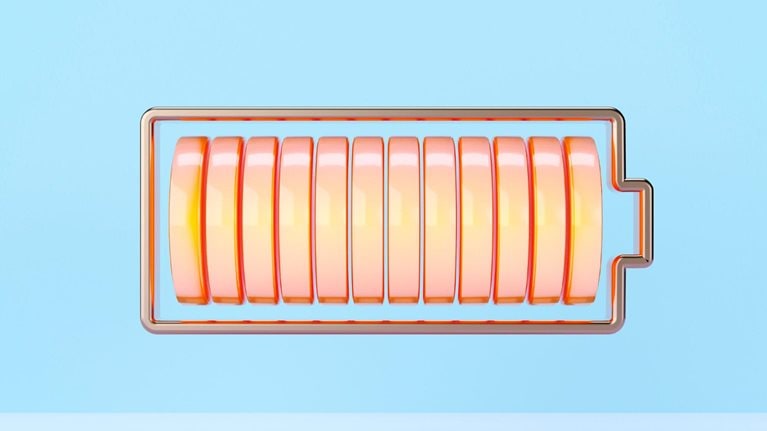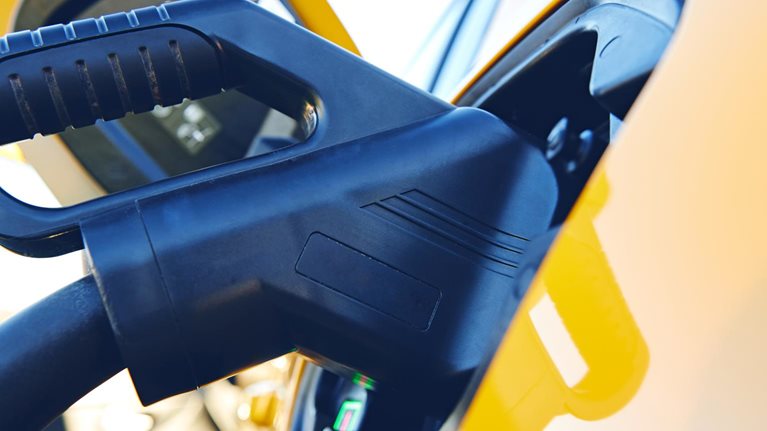The transition to electric mobility is accelerating across the world. McKinsey analysis shows that annual sales of electrified passenger vehicles exceeded ten million units in 2022, marking an increase of more than 50 percent over sales in 2021. And McKinsey projects that they will reach roughly 40 million in 2030.1
An increase of this scale has repercussions that go far beyond electric-vehicle (EV) sales. First and foremost, it will require an equally impressive rise in the availability of public and private chargers. In the United States, for instance, about 2.6 million ports were available in 2022; but with the number of EVs increasing every year, the country will need approximately 9.5 million ports by 2025 and 28.0 million by 2030.2 If the growth in EV-charging infrastructure fails to keep pace with demand, consumers may hesitate to make the shift from an internal combustion engine (ICE) vehicle. Other charging issues, including consumers’ lingering concerns about being able to charge as conveniently as they can fuel up today, could also slow the widespread adoption of EVs.
The most recent McKinsey Mobility Consumer Pulse Survey asked EV drivers and prospective buyers about their thoughts on charging, including their current satisfaction levels, major concerns, and what their ideal charging network would provide. (See sidebar, “About the survey,” for information on methodology.) The resulting insights can help EV industry stakeholders understand customer needs as they prioritize the technological and infrastructure investments required to keep the market strong and capture new opportunities.
Convenience matters, especially accessibility and range
When it comes to powering their vehicles, prospective EV buyers want the same convenience they now enjoy with ICE vehicles. In our survey, a subset of respondents state that they would rather buy at least one more traditional ICE car before switching to an EV. Forty-two percent of respondents in this group, who we refer to as skeptical EV buyers, state that they will only move forward with an EV purchase if public-charger availability is equivalent to that of current gas stations (Exhibit 1).

The current public-charging network falls short of consumer expectations for convenience. Over 80 percent of survey respondents who are considering an EV as their next car believe that the current availability is insufficient; another 15 percent are satisfied with it but worry that the future network will not be robust enough to meet surging demand. Current EV owners—those with experience using the network—share these concerns, with 70 percent stating that they are dissatisfied with the current infrastructure and only 10 percent agreeing that enough charging points are available.
Would you like to learn more about the McKinsey Center for Future Mobility?
A similar story unfolds with regard to battery capacity and vehicle range. As with charge point availability, 42 percent of hesitant EV buyers state that they will not purchase an EV until battery capacity and driving range improve. What’s more, consumers’ requirements for battery range continue to rise drastically. In our survey, prospective EV buyers say they want to get more than 310 miles per full charge, up from 270 in 2021, and 40 percent state they would prefer to see a driving range of 400 miles or more before they would consider switching to an EV. These findings suggest that an improved charging infrastructure could encourage greater EV adoption, since many people have concerns about running out of charge.
Wary consumers may forgo EV purchases if their concerns about charging availability, battery capacity, and range persist. That provides industry stakeholders with an incentive to accelerate infrastructure expansion and prioritize improvements in battery performance. Without these moves, EV sales might not reach their full potential, delaying the transition to a more sustainable mobility ecosystem.
It’s home sweet home for charging—but not for long
Survey respondents are homebodies, at least when it comes to charging. About half of all charging sessions occur at their residences, with those in Europe reporting the highest rates (Exhibit 2). Public charging is still critical, however, with the percentage of sessions occurring at these locations ranging from 23 percent (Europe) to 33 percent (United States). In all locations, about 10 percent of sessions occur at a driver’s workplace.

The high rate of home charging is only possible because current EV owners share certain characteristics. Worldwide, about 48 percent have their own parking spot and a power outlet suitable for home charging (Exhibit 3). Another 35 percent state that they could charge at home if they had an extension cable or requested a grid upgrade, and only 17 percent say that home charging is not an option.

As the EV ownership base expands, public-charging infrastructure will become more important because a greater proportion will lack the needed space or power requirement at their residences for charging. In our survey, 42 percent of respondents who do not yet own EVs state that they will be unable to charge at home.
How fast and how much—the importance of charging speed and cost
When selecting a public charge point, 42 percent of survey respondents indicate that charging speed is their most important consideration (Exhibit 4). What’s more, they have high performance expectations, with over 60 percent wanting charging times of 30 minutes or less.

Respondents rank cost as the second most important decision factor, but the amount people are willing to pay varies by use case. EV drivers, for example, are willing to pay about 10 percent more for on-highway charging than for inner-city or destination (“last stop”) charging. That pattern holds true regardless of whether the price for charging is relatively high or low, suggesting that EV customers appreciate the time savings and convenience of fast charging.

Can public EV fast-charging stations be profitable in the United States?
Home bundles that go beyond charging
Drivers often switch to EVs primarily because they want a more environmentally friendly means of transport—and that may be just one of many areas where they want to go green. In our survey, over half of current EV owners also express high interest in bundling their home-charging solutions with photovoltaics—also called solar cells—or battery storage and energy management solutions for their homes (Exhibit 5). Companies might appeal to consumers and potentially gain more market share by creating attractive packages that extend beyond vehicle charging.

Going green at the charging station
Climate change is now impossible to ignore, and consumers are responding. In our survey, about 55 percent of respondents state that green charging from renewables is important, with another 25 percent agreeing that it is nice to have (Exhibit 6). Their commitment is so strong that 70 percent indicate that they would pay a surcharge for electricity generated with renewables. As with any purchase, however, consumers are price conscious, and the average acceptable premium for green charging is only 7 percent. That’s down from 14 percent in 2021, and the downward trend may suggest that more consumers expect green charging to be a standard option.

OEMs and start-ups are investing heavily in EVs, but even the most sophisticated, environmentally friendly vehicles may not appeal to consumers if concerns about charging persist. A drop in global EV sales could harm the automotive industry, and the implications for climate change are even more severe. Our recent survey provides some insight about what consumers want, from convenient, fast charging to in-home chargers bundled with other green solutions. The only question that remains is how quickly industry stakeholders will act to meet consumer expectations. To keep the transition to sustainable mobility on track, the time to act is now.


